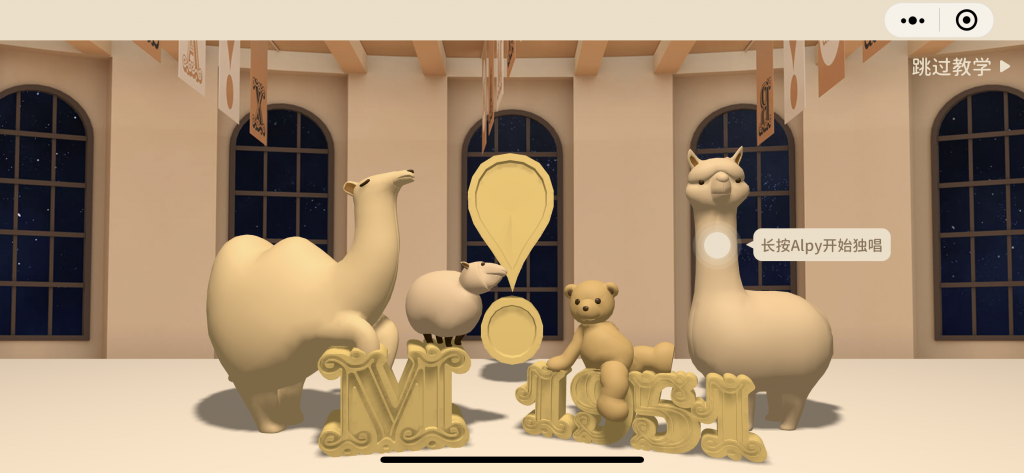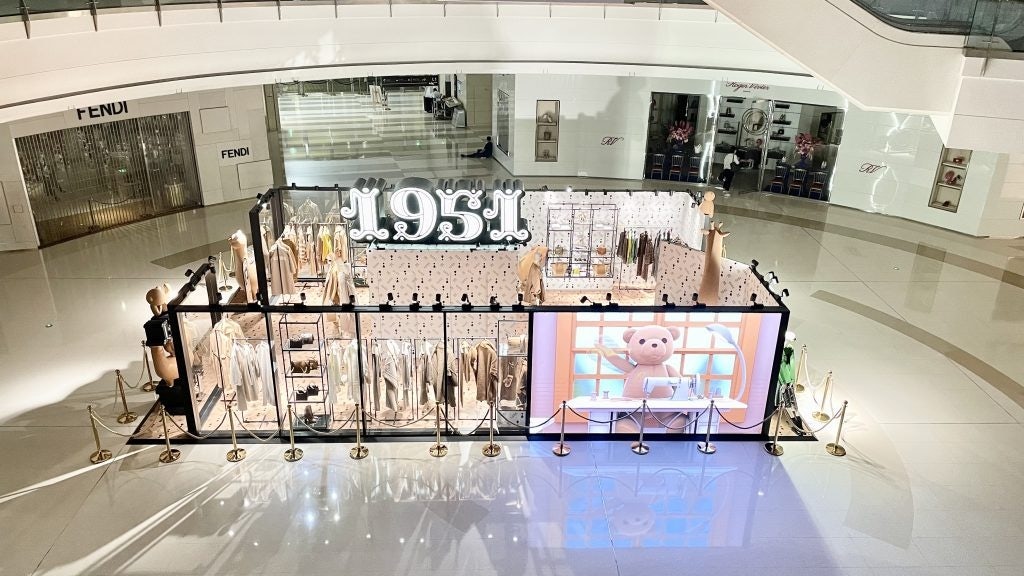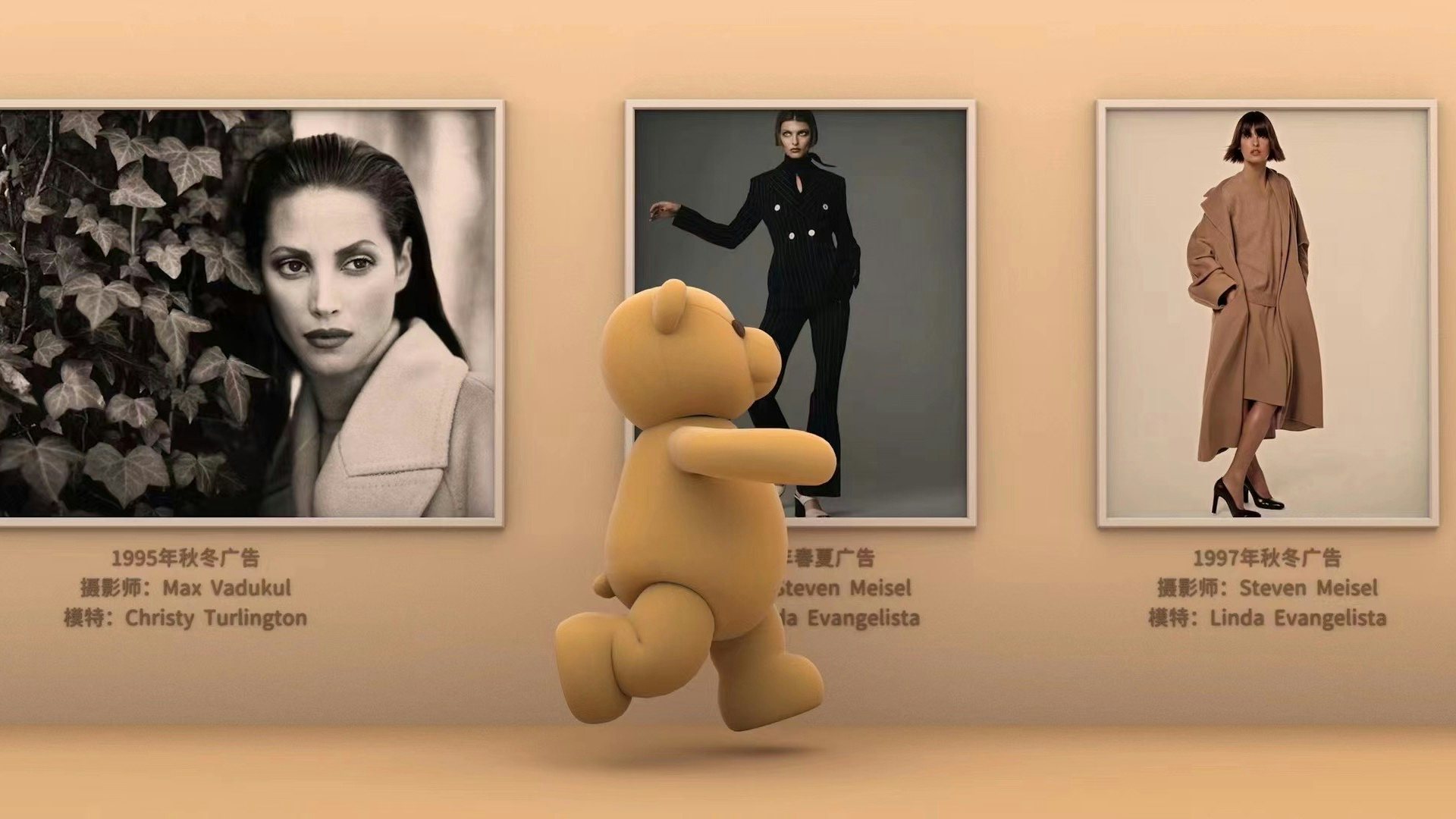Key Takeaways:#
- With a sophisticated understanding of China’s digital ecosystems, Max Mara has successfully built up a content-to-commerce loop.
- Luxury brands need to tailor social currency that can be showcased and shared with users’ friends via social platforms, per each campaign’s themes, as well as each platform’s user demographics and capabilities.
- Global HQs of luxury brands need to be aware of the uniqueness of China’s ecosystems and allow higher flexibility in experimenting with innovative approaches in the market.
Luxury houses have been careful with the consistency of their brand narratives and images across different regional markets, which has become the ethos of their global communications. However, as Chinese consumers’ appetites and sentiments are ever-shifting, especially now as the COVID-19 pandemic wanes, their perspective, values, and expectations on brands can be varied from their counterparts in other markets. Given this, strict uniformity and standardization cannot meet these variations in today’s China.
More importantly, it’s been a challenge for luxury HQs to keep pace with an ever-changing China, whether it’s an emerging trend among Gen Zers or a new product release policy. Though analytics and media reports are helping brands make more informed business decisions, a reliable local team is increasingly important for localization strategies.
Max Mara’s latest initiative, in celebration of the house's 70th anniversary, has demonstrated the importance of sophisticated Chinese adaptations. Featuring the house’s iconic Teddy, the campaign has been a smash hit in China via organic social traffic to offline footprints. Moreover, the Italian womenswear house’s China team has leveraged their agility in local digital platforms and well-crafted communications to translate the brand’s legacy into Chinese-friendly languages.
Here, Jing Daily explores three takeaways from Max Mara’s innovative campaign, including how it shared its brand heritage with local shoppers.
A local audience-centric mindset#
One of the most important factors that fuels China’s luxury boom is its evolving digital ecosystem. As McKinsey & Company reported in “The Future of Digital Innovation in China,” China's e-commerce sales grew to $1.7 trillion in 2020, a number that is equivalent to 30 percent of all retail sales in China.
This high penetration of e-commerce not only demonstrated local consumers' open and positive attitudes to digital tools and innovative technologies, but also presented vast opportunities to create a transaction. Among all social platforms in China, WeChat is the most-used social platform for discovery and research among all Chinese luxury shoppers, according to the 2021 Tencent x BCG Digital China Luxury Report release in October.
With insights on the mainland market, Max Mara launched a WeChat Mini Program, featuring interactive user experiences, to exhibit the house legacy in an engaging way. This initiative, proposed and executed by the house's China team, is a discerning experiment by transforming the WeChat Mini Program from a typical online showroom to a content marketing vehicle.
[wpgallery id="126618"][Snapshots of Max Mara's Mini Program. Photo: Max Mara]
More importantly, the WeChat Mini Program can be accessed on both WeChat and Weibo, meaning that the brand’s social traffic from public domains like Weibo has been seamlessly transported to its private domain — the brand’s WeChat pool. After users open up the Mini Program page, they are high-likely retained as potential customers.
Likewise, this program is inserted in Tmall’s “Store Loft” feature – which delivers branded campaign content and garners private traffic in the marketplace. As the curation of the brand’s Tmall flagship store is in sync with its social platforms, the gap between discovery to purchase, and even advocacy, is substantially narrowed. With that, a content-to-commerce loop has been successfully built up.
Tailoring social currency based on digital ecosystems#
Besides a well-curated consumer journey, how is Max Mara’s dedicated Mini Program programmed to lure users? Starring Max Mara’s social-friendly Teddy, as well as his friends including Alpy, Woolly, and Cammy, the program consists of two pillars: a birthday celebration and a house history retrospective.
The retrospective session tells how Max Mara has developed in different social and cultural backgrounds over the past 70 years and highlights the house archives from the 1950s to 2010s. Distinct from typical chronological retrospective exhibitions, the curation features virtual spaces visualizing the past store windows and streets in respective ages, which allows an immersive visiting experience for users.
On the heels of the house tour, a birthday celebration wraps up the virtual journey. It starts with a demo recording, inviting the four characters to sing the happy birthday song in their tones, and then is presented with a chorus version, which users can share via WeChat chats and Moments.

Moreover, WeChat users can also download a meme package featuring the characters once they go through all processes of the program. This approach can effectively engage younger Chinese generations as memes have become an indispensable alternative social language for most of them. Whether it’s user-generated content or the branded memes, both turn out to be social currency that can be showcased and shared with friends via social platforms.
Optimizing online-to-offline transactions#
In addition to the digital program, Max Mara has launched pop-up stores with an identical theme of “Teddy’s Time Travel” in 14 cities in China since mid-September. With giant installations of the iconic characters, including Teddy and his friends, the offline presence visualizes the celebration scenes in physical spaces.

The omnichannel strategy not only diversifies touch points from online to offline, but also consolidates a consistent brand image that speaks to both new and core customers. As Max Mara continues to diversify its brand content and tell its story via engaging tactics, its social media channels will become Chinese customers’ trusted source for product information and seasonal updates.
Overall, Max Mara’s initiative that moves beyond the house’s hero products and develops layered storytelling has proven the importance of building local capabilities. The house has established its own linguistic system through the lens of integrated media, which continuously recontextualizes the house's DNA, such as dedication to quality and craftsmanship, as well as female empowerment. Given this case, global HQs of luxury brands need to be aware of the uniqueness of China’s ecosystems, and allow higher flexibility in experimenting with innovative approaches in the market.
